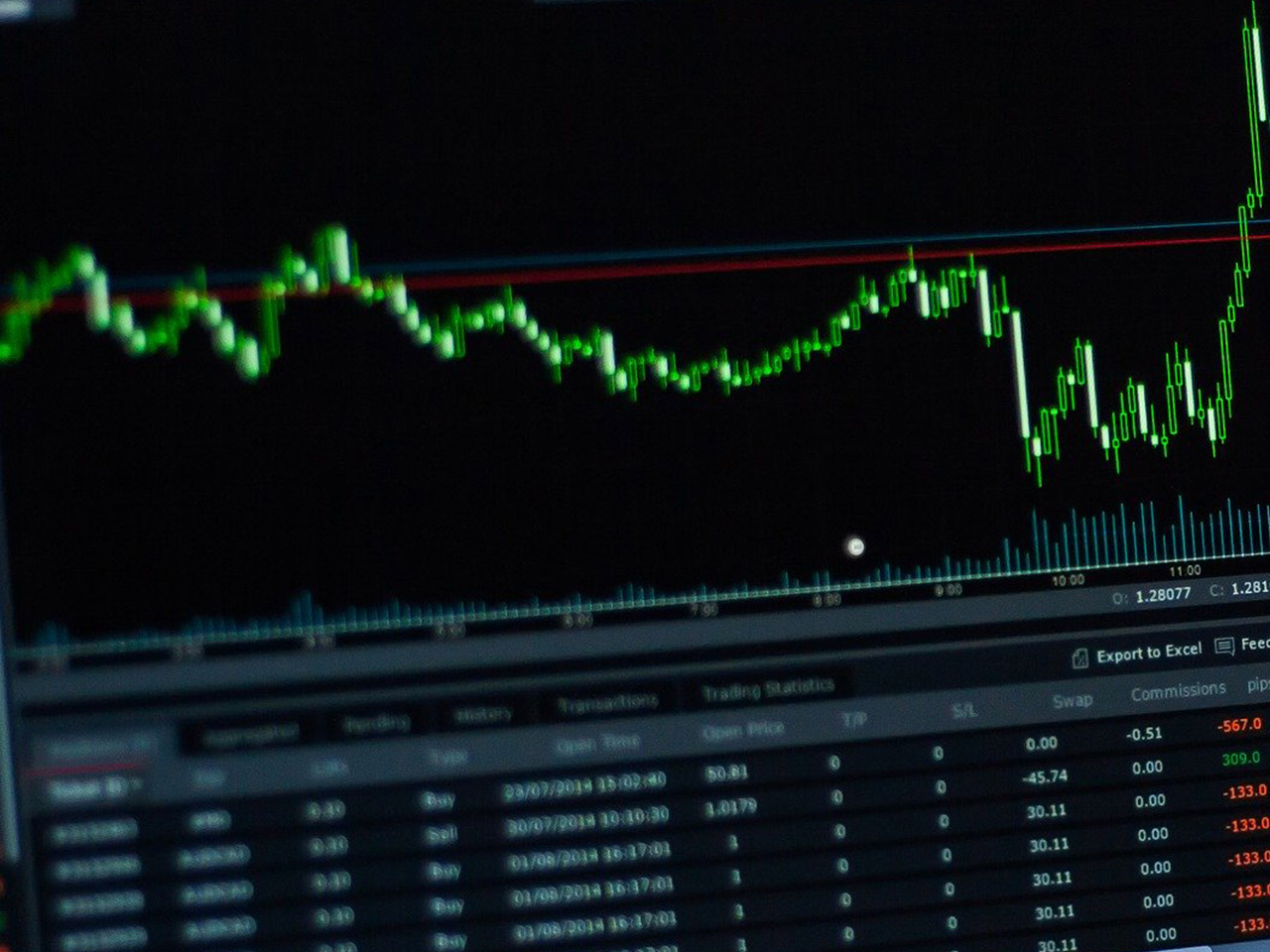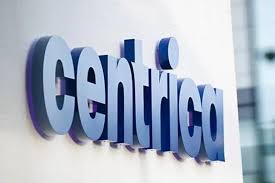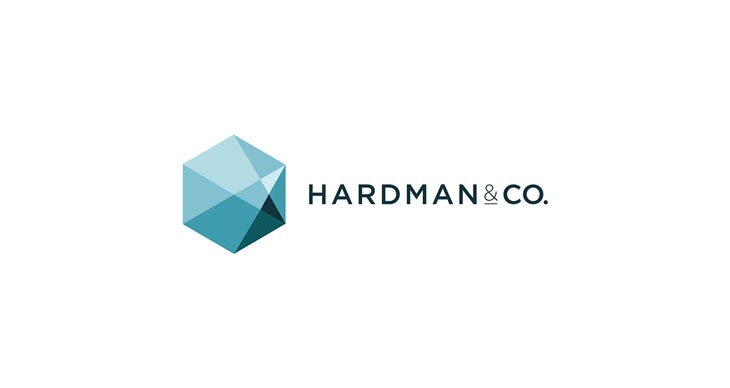Owens & Minor, Inc. (NYSE: OMI) finds itself at an intriguing juncture, presenting a complex mix of potential opportunity and caution for investors. As a key player in the healthcare sector, specifically within the medical distribution industry, the company has a storied history dating back to 1882. Based in Glen Allen, Virginia, Owens & Minor operates through two primary segments: Products & Healthcare Services and Patient Direct. This dual approach allows it to cater to a wide array of healthcare needs, including surgical supplies, home medical equipment, and patient care products.
Currently trading at $5.40, Owens & Minor’s stock price is on the lower end of its 52-week range of $4.63 to $16.37. The recent price change of just $0.07 indicates a period of relative stability after a turbulent year. Investors looking at the stock will be aware of its modest market capitalization of $417.12 million, which places it in the small-cap category of stocks, often characterized by higher volatility but also significant growth opportunities.
A standout feature in the current analysis is the forward P/E ratio of 4.75, suggesting that the company might be undervalued relative to its earnings potential. However, other valuation metrics such as the PEG ratio, price/book ratio, and price/sales ratio are unavailable, which can make a comprehensive valuation analysis challenging. This lack of data, combined with a negative EPS of -5.61 and a return on equity of -148.42%, might raise red flags for more conservative investors.
Despite these challenges, Owens & Minor’s free cash flow of over $250 million is a positive sign, indicating the company’s ability to generate cash and potentially invest in growth opportunities or reduce debt. However, the absence of a dividend yield and a payout ratio of 0.00% may deter income-focused investors.
Analyst ratings provide a mixed picture, with three buy ratings, one hold, and two sell ratings. The average target price of $6.28 implies a potential upside of 16.36%, which could be appealing for those willing to take on some risk. This potential gain is tempered by the technical indicators, where the stock’s 50-day moving average of $7.62 and 200-day moving average of $9.67 suggest that the stock is currently trading below key resistance levels. Additionally, the Relative Strength Index (RSI) of 45.39 and a MACD of -0.67 indicate a bearish trend, signaling that the stock may continue to face downward pressure.
Investors considering Owens & Minor need to weigh these factors carefully. The company’s robust presence in the healthcare sector and significant free cash flow offer promising opportunities, yet the financial metrics and current market sentiment reflect underlying challenges. As with any investment, thorough due diligence and an understanding of personal risk tolerance are crucial for those contemplating adding OMI to their portfolios.




































